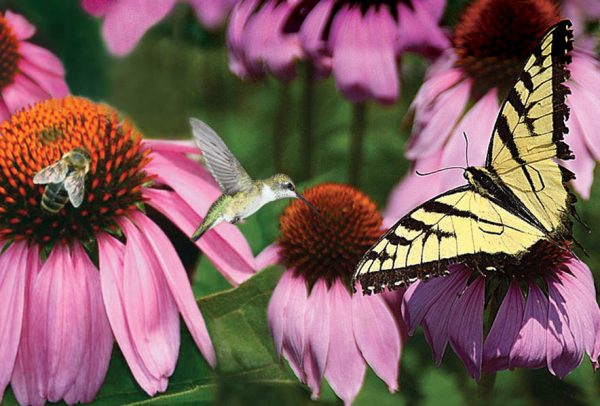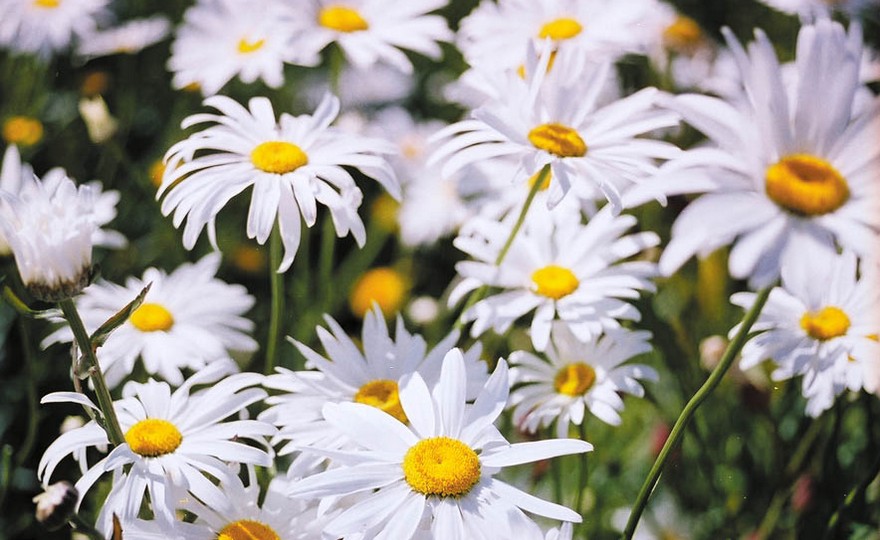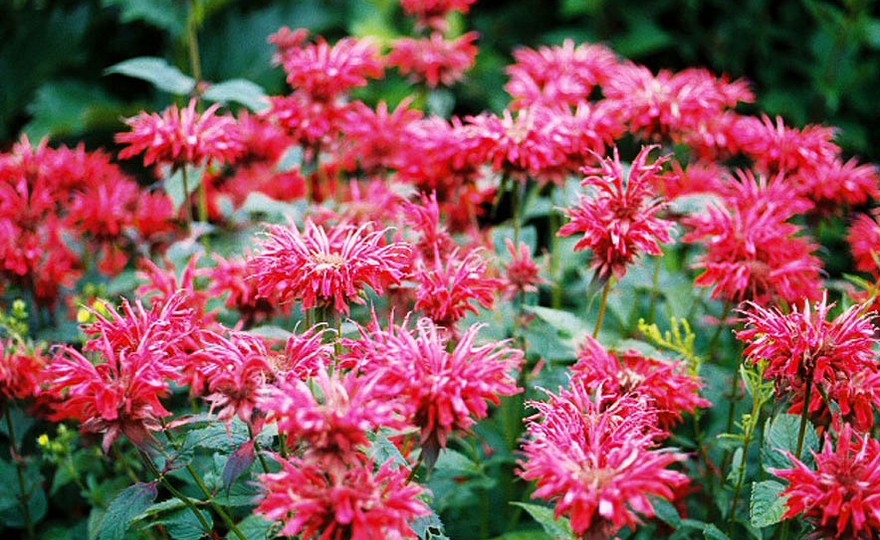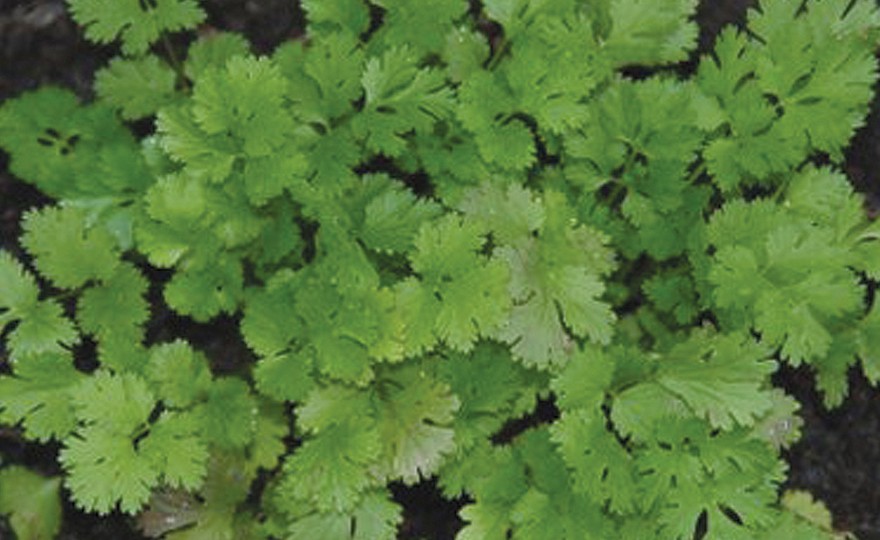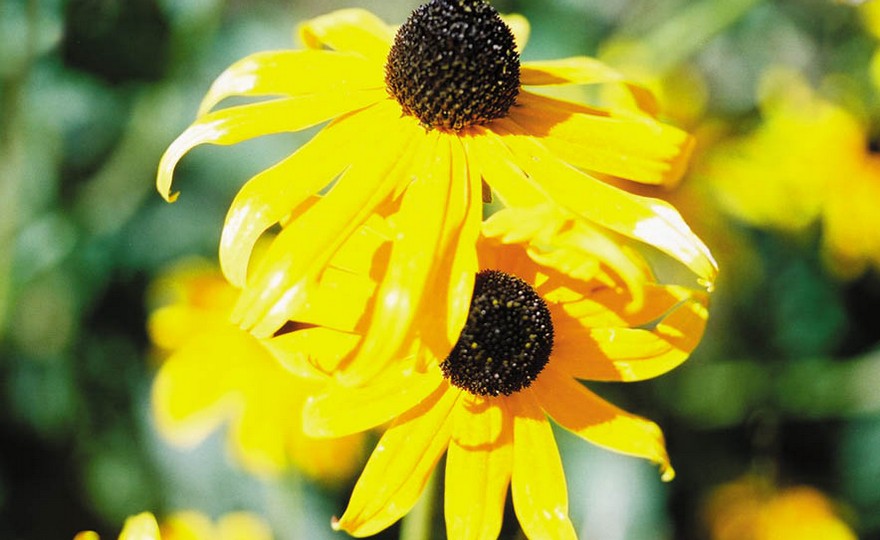
Echinacea (Purple Coneflower)
-
- **SOLD OUT** HOLIDAY GIFTS **SOLD OUT**
- **SOLD OUT** Holiday Books **SOLD OUT**
- **SOLD OUT** Holiday Citrus **SOLD OUT**
- **SOLD OUT** Holiday Gift Certificates **SOLD OUT**
- **SOLD OUT** Holiday Paperwhites **SOLD OUT**
- **SOLD OUT** Holiday Praying Mantis Kits **SOLD OUT**
- **SOLD OUT** Holiday Tools **SOLD OUT**
- **SOLD OUT** Holiday Wildflower Mixtures **SOLD OUT**
- Citrus Trees
- **SOLD OUT** - Vegetable and Herb Plants - Mix & Match any 6 Plants for $50 - Only Shipped in Quantities of 6
- Elephant Ear Plants & Roots
- **SOLD OUT** 4-Inch Pot Herb Plants **SOLD OUT**
- Rare Plants
- **SOLD OUT** Vining Plants **SOLD OUT**
- Asian Seeds
- Beneficial Bugs
- Books
- Citrus Fertilizers
- Cold-Treated Bulbs - SEE BULBS FOR FALL PLANTING TO ORDER
- Cold-Treated Allium
- Cold-Treated Chionodoxa
- Cold-Treated Crocus
- Cold-Treated Hyacinthoides
- Cold-Treated Hyacinthus Orientalis
- Cold-Treated Narcissus
- Cold-Treated Cyclamineus Narcissus
- Cold-Treated Double Heirloom Narcissus
- Cold-Treated Jonquilla Narcissus
- Cold-Treated Large Cupped Narcissus
- Cold-Treated Poeticus Narcissus
- Cold-Treated Small Cupped Narcissus
- Cold-Treated Species Miniature Narcissus
- Cold-Treated Split Cupped Narcissus
- Cold-Treated Tazetta Narcissus
- Cold-Treated Triandus Narcissus
- Cold-Treated Trumpet Daffodils
- Cold-Treated Ornithogalum
- Cold-Treated Rock Garden Iris
- Cold-Treated Scilla
- Cold-Treated Tulips
- Cold-Treated Emperor Tulips
- Cold-Treated Fringed Tulips
- Cold-Treated Green or Viridiflora Tulips
- Cold-Treated Lily Flowering Tulips
- Cold-Treated Parrot Tulips
- Cold-Treated Peony Flowering Tulips
- Cold-Treated Single Early Tulips
- Cold-Treated Single Late Tulips
- Cold-Treated Species Tulips
- Cold-Treated Triumph Tulips
- Flower Bulbs, Corms and Tubers
- Bulbs for Spring Planting
- Bulbs for Fall Planting - ALL BULBS AVAILABLE ARE COLD TREATED FOR PLANTING AS SOON AS SOIL CAN BE WORKED
- Fall Blooming Bulbs
- Garden Tools & Equipment
- Gift Certificates
- HHH Exclusive Wildflower Mixtures
- Wildflower Mixtures
- Heirloom Garlic
- Potatoes
- Roots & Sets
- Seeds
- Flowers
- Herbs
- Vegetables
- **SOLD OUT** HOLIDAY GIFTS **SOLD OUT**
-
- No products to compare
-
74 in stock
Quick Overview
Echinacea (Purple Coneflower)
Purple Coneflowers are some of the hardiest and most forgiving plants grown. They can tolerate almost any kind of soil, but they will thrive in soil amended with compost and phosphate in the spring. The plants can be started easily from seed if you wait until the soil is warm enough – at least 70 degrees. Sprinkle the seeds on soil which has been turned and raked. The plants will bloom starting in late July and will continue until the end of August.
| Type | Spacing | Planting Depth | Days to Germination | Blossoms |
| Perennial | 18 in. | 1/2 in. | 10-14 | 60-90 |

Echinacea (Purple Coneflower)
Echinacea, also known as Purple Coneflower or the Sampson root, is a true American native and one of the hardiest perennials available. The plant was used medicinally by the Native Americans of the Great Plains more than any other herb. It was the Native Americans that discovered that the roots contained valuable medicinal attributes. These cultures used the plant to treat snakebite and the bites of poisonous insects. The juice was used to bathe burns and was added to the waters sprinkled over coals during the traditional purification ceremonies known as “sweats”. The plant was first identified and described during the Lewis and Clark Expedition of 1904-1806. It grew in great profusion in the prairie lands of the Midwest and in open woods. It ranged from southern Canada to Texas. In 1885, a Dr. H.C.F. Meyer, who had learned from some Native Americans of the plant’s healing qualities, convinced the Cincinnati-based pharmaceutical manufacturer, Lloyd Brothers, to offer extracts of the plant as an anti-infective agent. By 1920, Echinacea was the firm’s most popular plant drug and was known and used widely throughout the United States. The plant lost its popularity when in the 1930’s more effective anti-infectives were introduced into the marketplace. Purple Coneflowers are some of the hardiest and most forgiving plants grown. They can tolerate almost any kind of soil, but they will thrive in soil amended with compost and phosphate in the spring. The plants can be started easily from seed if you wait until the soil is warm enough – at least 70 degrees. Sprinkle the seeds on soil which has been turned and raked. Cover the seeds with ½ inch of soil and moisten. The seeds will germinate in less than 2 weeks. Thin seedlings to 18 inches. The plants will bloom starting in late July and will continue until the end of August.

